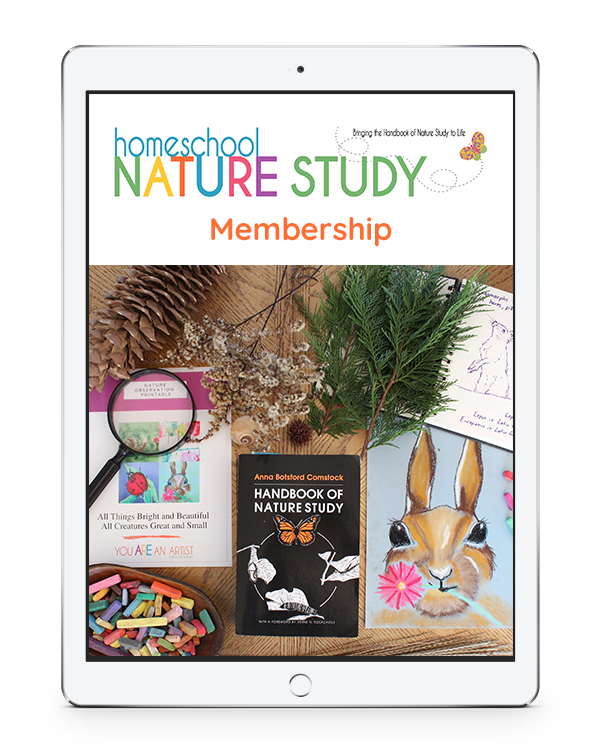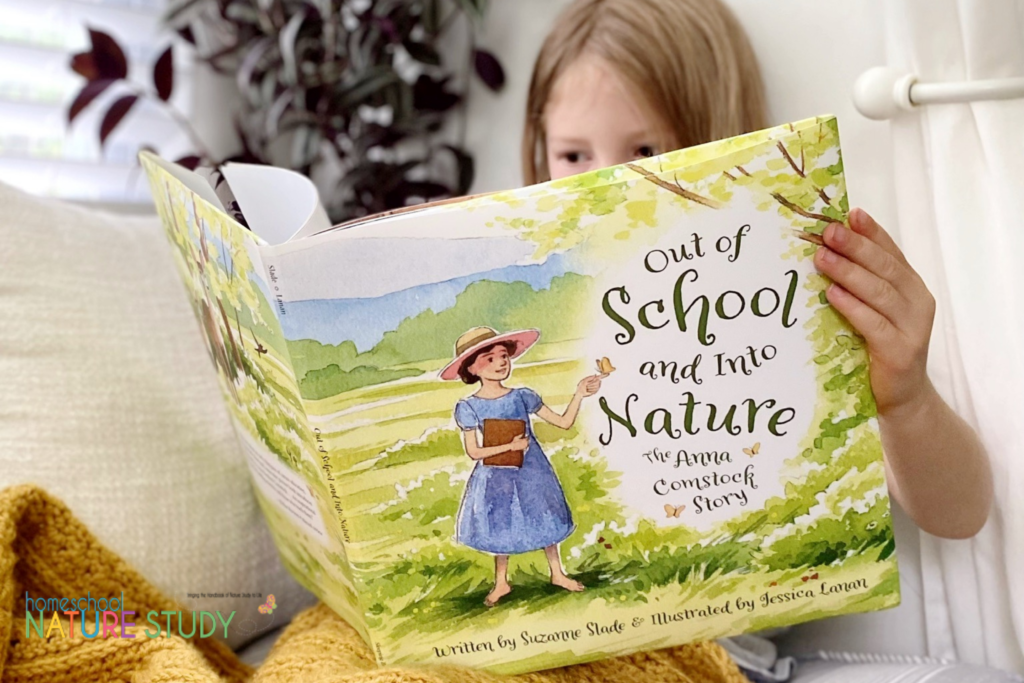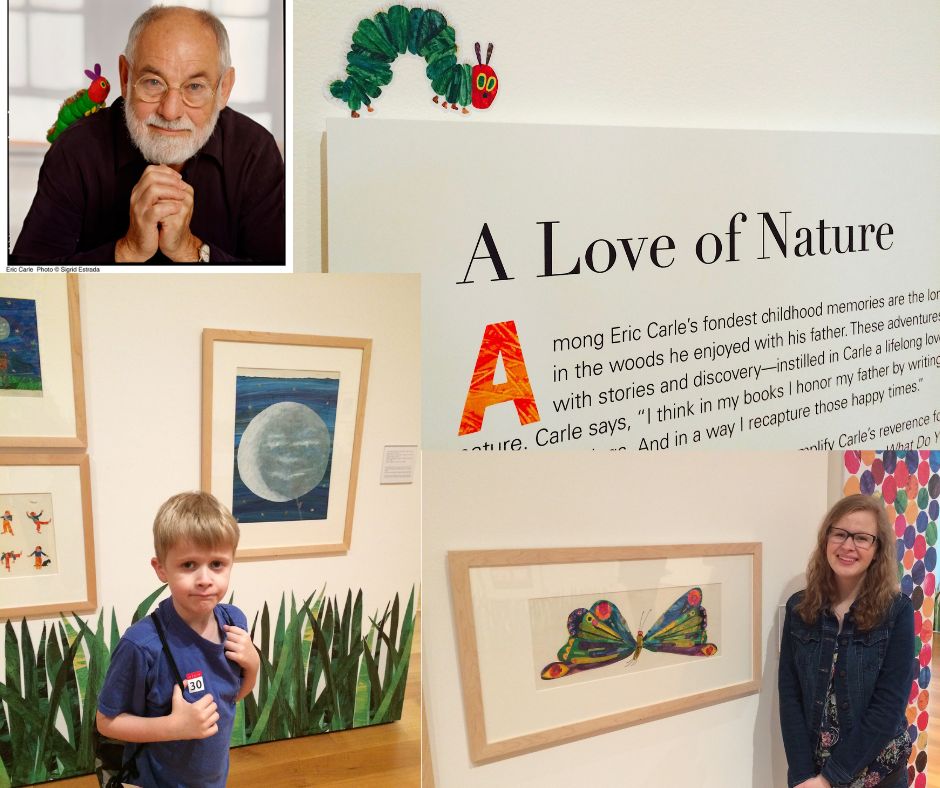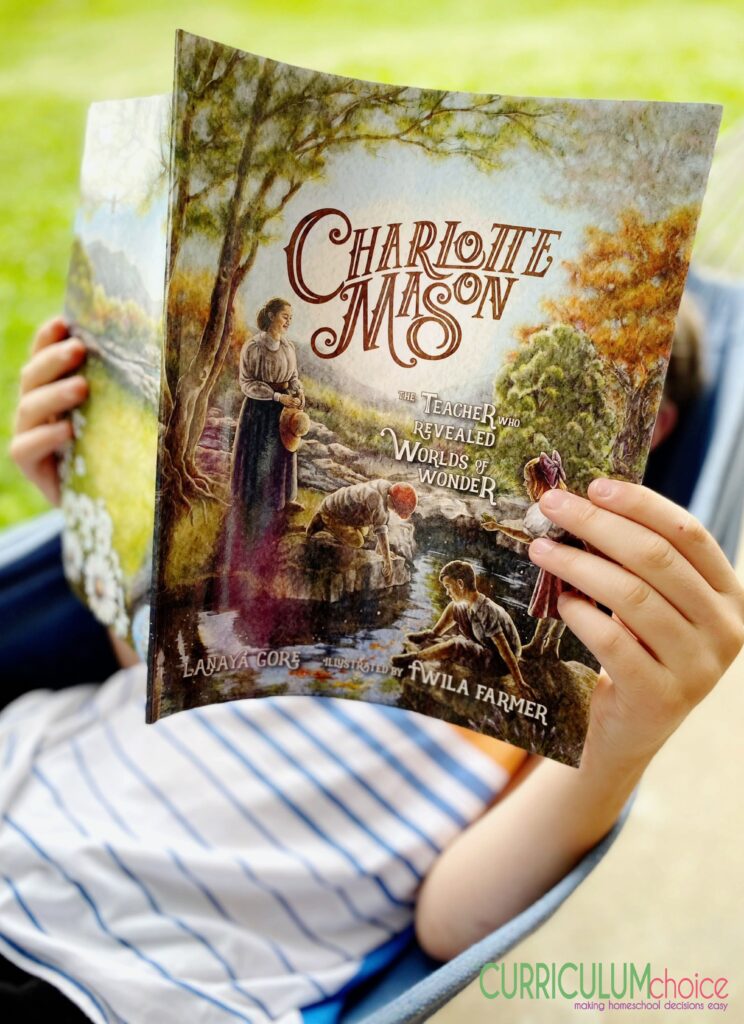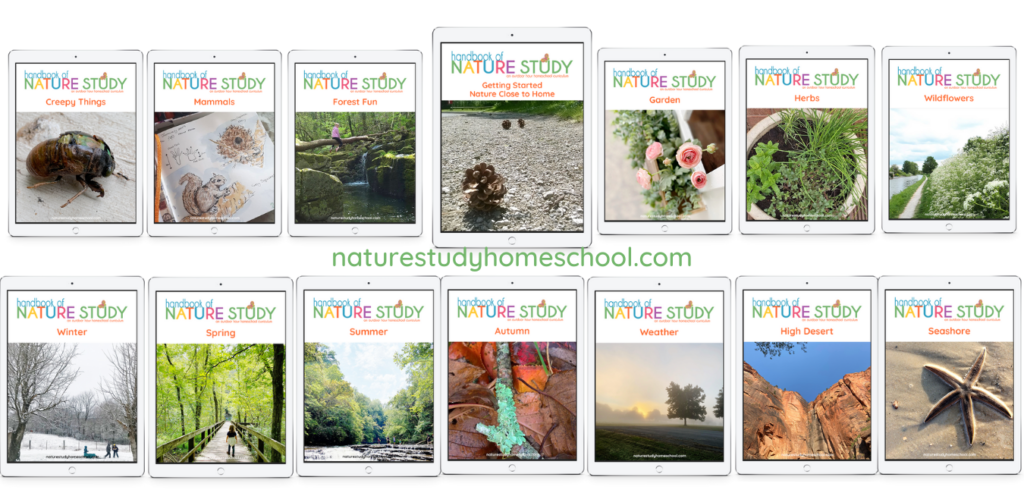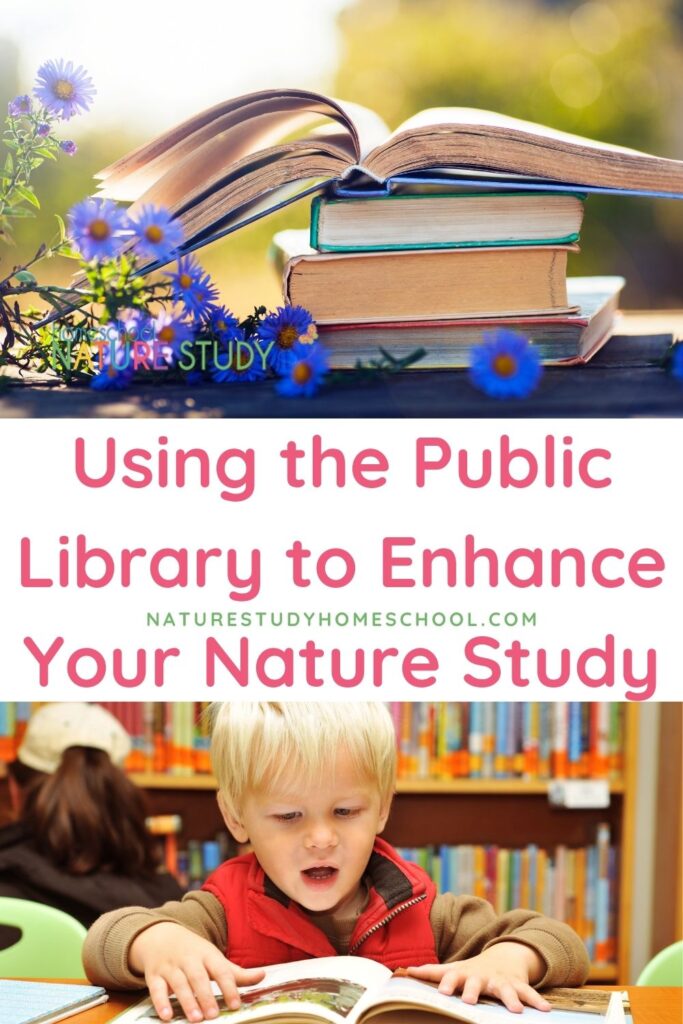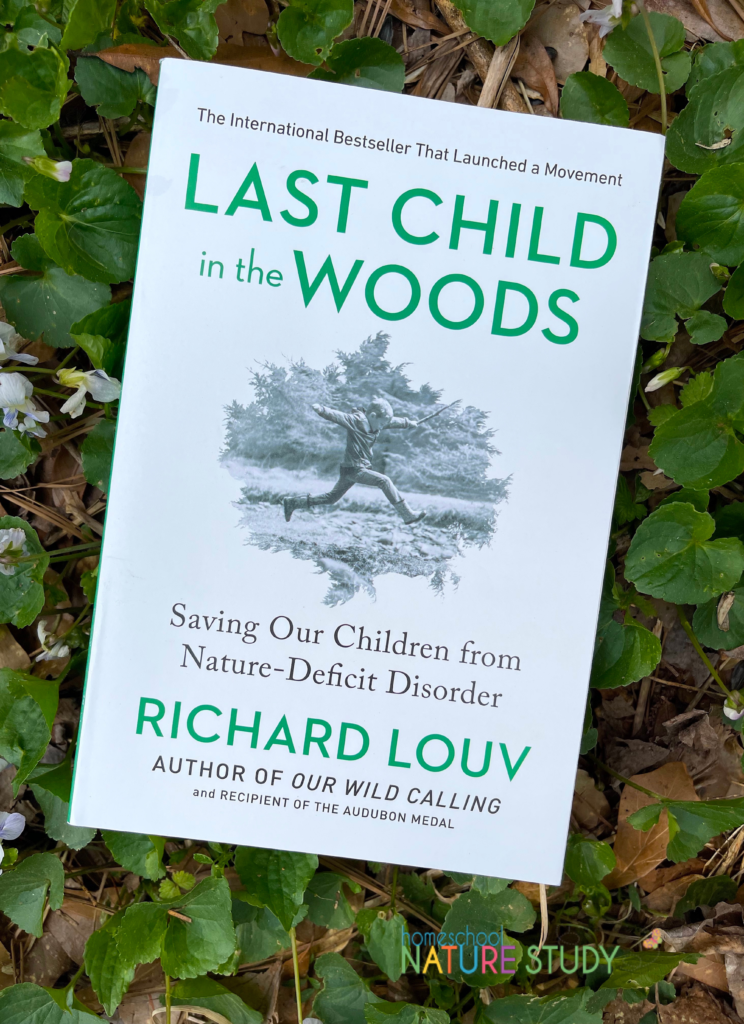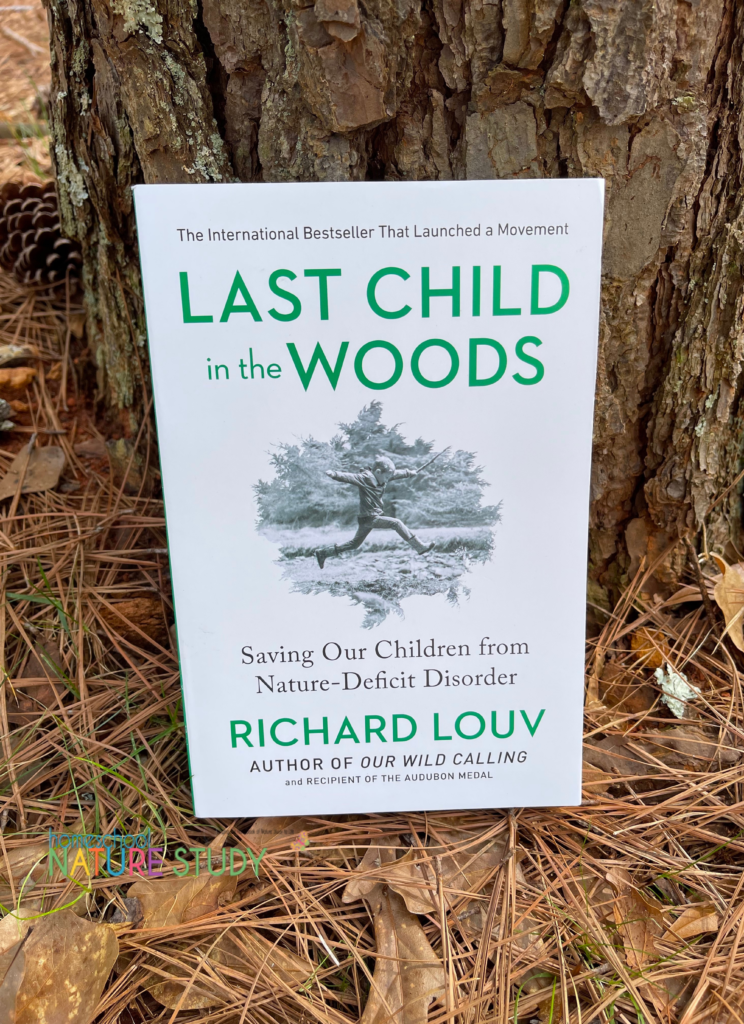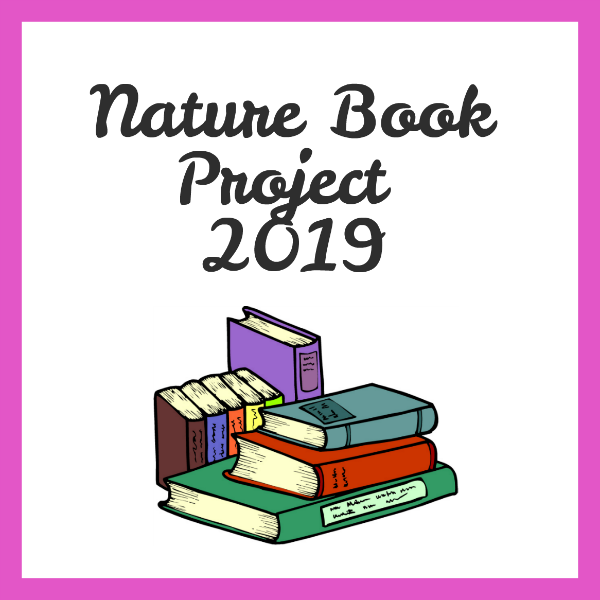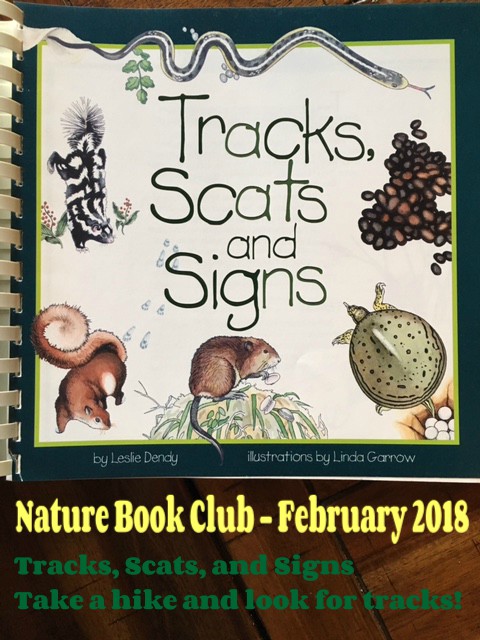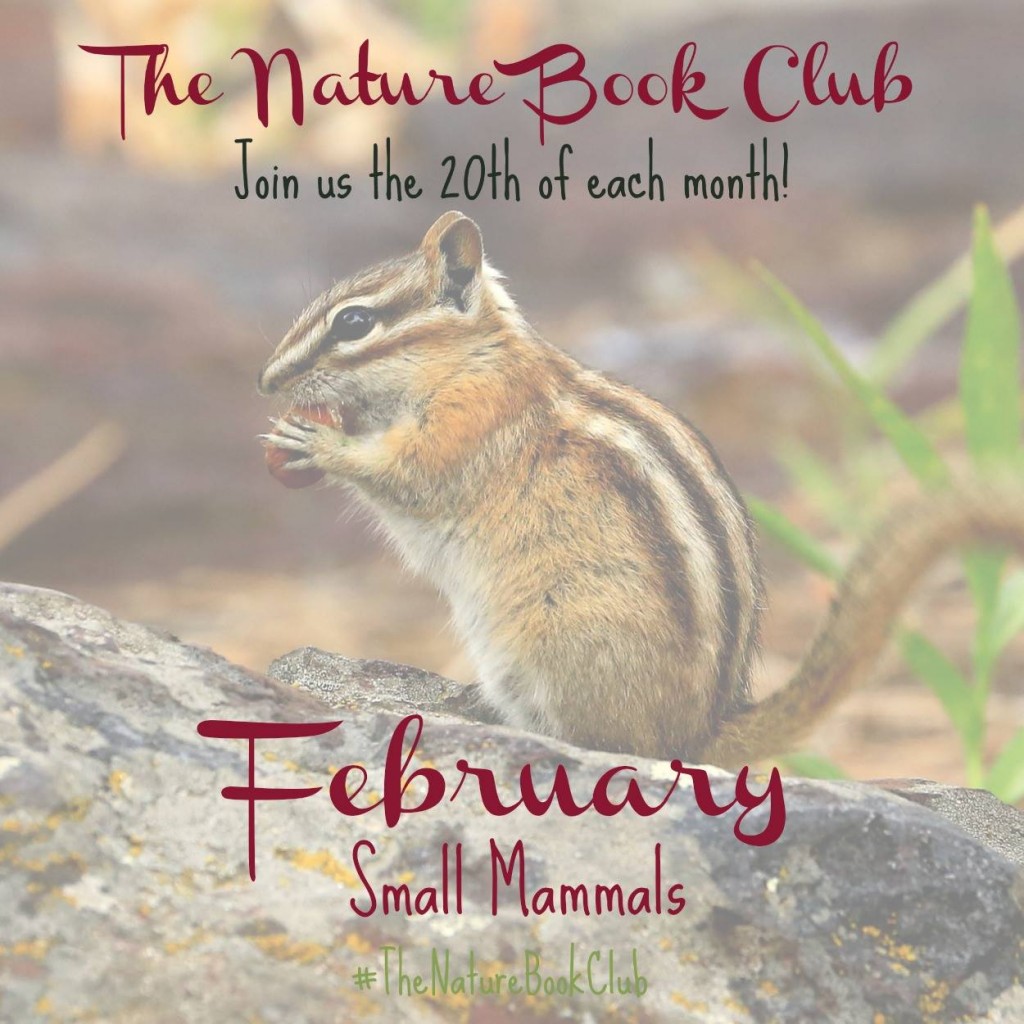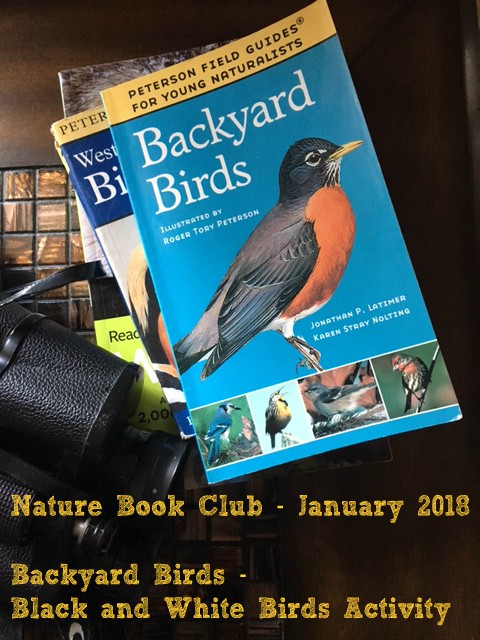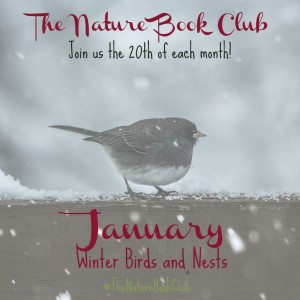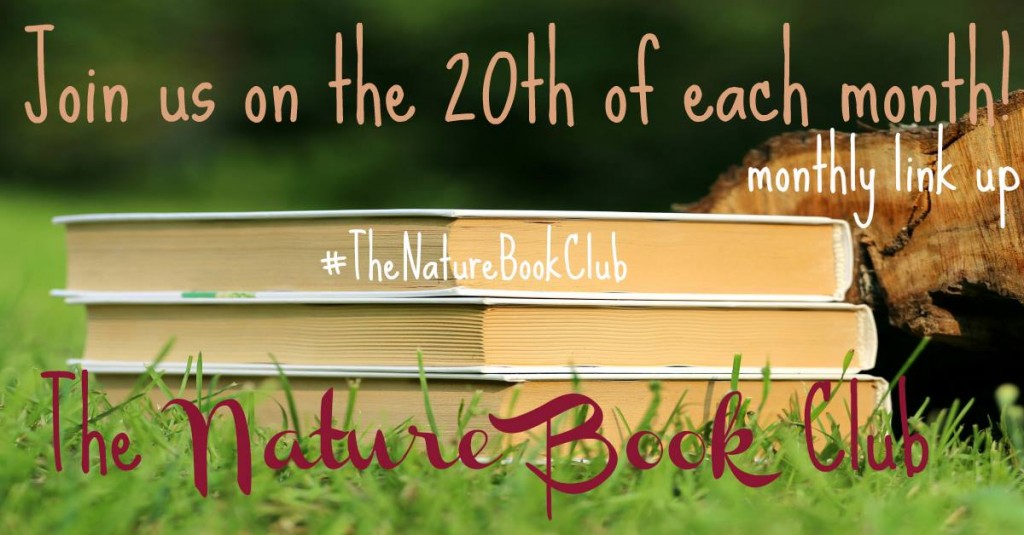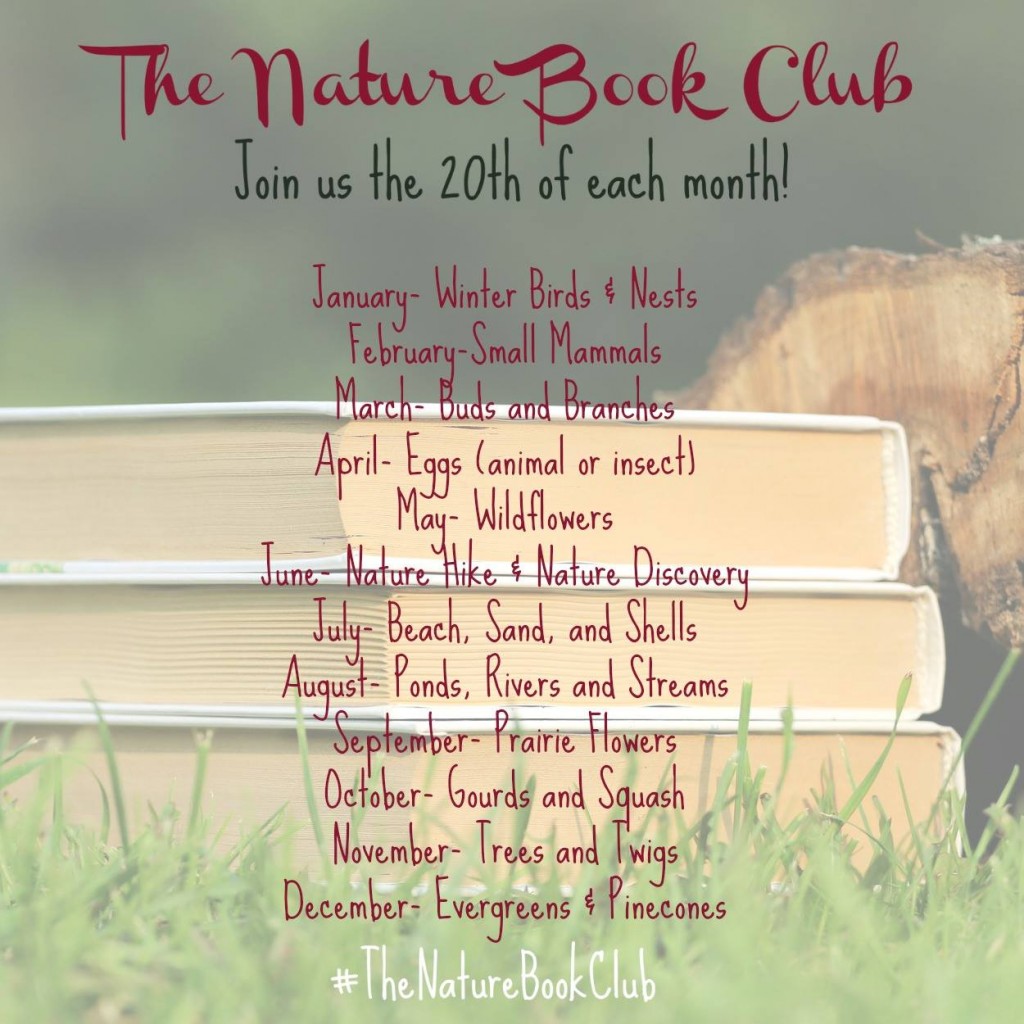Keeping a Nature Journal is a great homeschool nature study resource and contains a wealth of ideas that you can pick and choose to use as inspiration. This book is a tool like so many other tools we use in our family’s nature study.
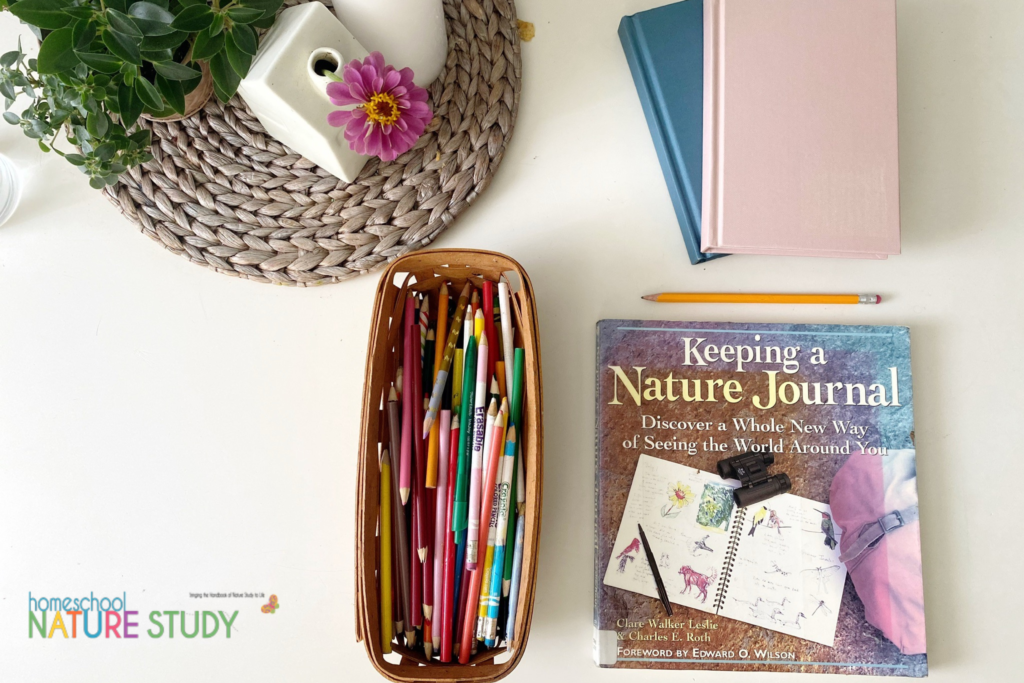
This post contains affiliate links. Please see our disclosure policy.
Homeschool Nature Study Resource
This is a book that many of us own and is sitting on our shelf. It may also be a book that you have looked at online, have seen others using, or actually paged through at a bookstore. It is a familiar book that I have a love/hate relationship because of the perceived expectation that it creates for journalers.
Many of us struggle with perfection. We think that a nature journal should be a place of beauty and value…which I agree with wholeheartedly. But, it also can be a place that we experiment and mess up from time to time. A smear here or a misspelled word or funky drawing we don’t like can also appear on a nature journal page. Those “mess ups” shouldn’t keep us from striving to create pages on a regular basis.
Don’t let the great page examples overwhelm or discourage but allow them to create a reservoir of ideas to use over the years as you fill your journal.
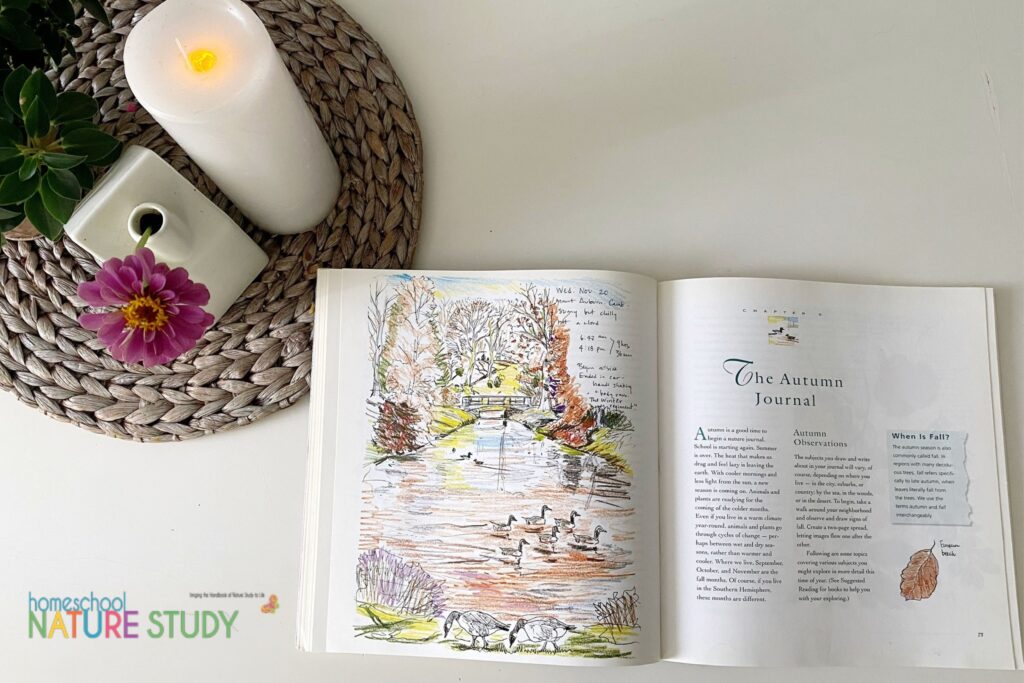
Quick Thoughts About the Book
Note: page numbers are from the first edition
- This is a book for all ages to use as they learn to keep a nature journal.
- You will find ideas for using a nature journal in all curriculum areas on page 165 (A Curriculum Web for Nature Journaling).
- The “Getting Started with Drawing” section (pages 139-153) would be a wonderful basis for an art course using nature as your subject.
- I found the section titled, “Subjects to Observe, Draw, Record throughout the Seasons“, to be a wonderful inspiration and I intend to refer to it for my own use. Each season is listed in the chart along with ideas for drawing birds, animals, plants and trees, weather and sky, and seasonal celebrations.
- ***I see the second edition of this book has an expanded section showing more of Claire’s actual journal pages.
Keeping a Nature Journal by Claire Walker Leslie and Charles E. Roth gives this long term nature journal mom some fresh ideas that I can’t wait to use in the upcoming summer season.
Find this great resource HERE.
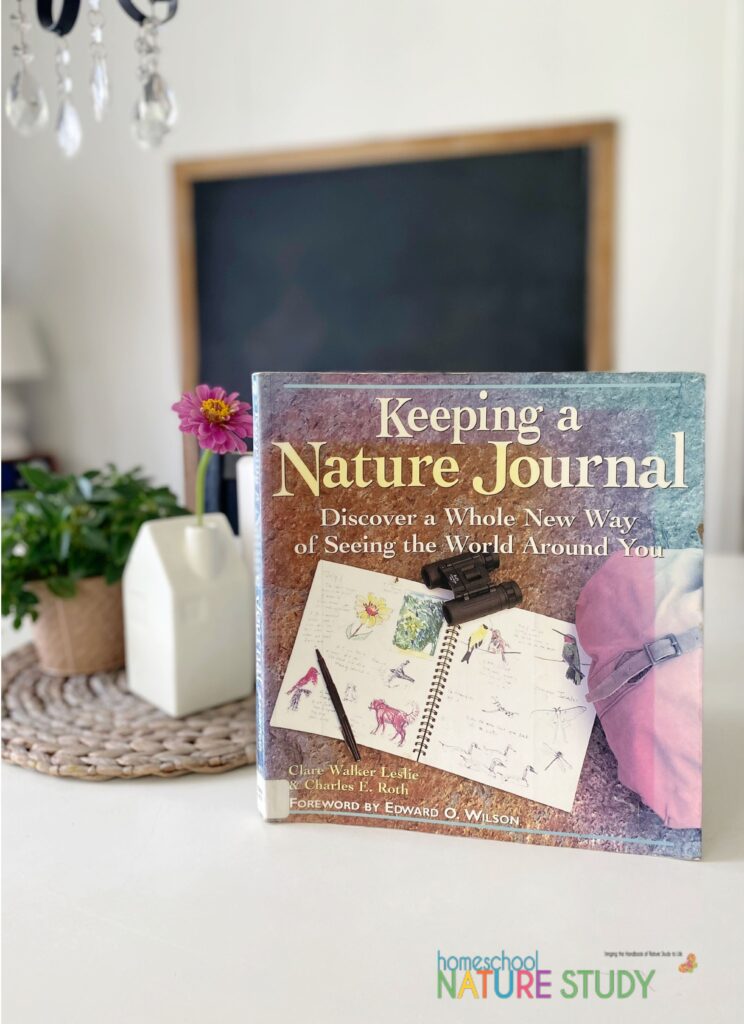
More Homeschool Reviews
- Our own Shirley Vels also shared her thoughts on Claire Walker Leslie’s book at The Curriculum Choice.
- Meredith shared a full review at The Curriculum Choice as well! Read Meredith’s thoughts here.
Are you making your nature journal your sidekick this summer?
Previous Month’s Books and Reviews and More Nature Journaling Homeschool Resources
- The Laws Guide to Nature Drawing and Journaling in Your Homeschool
- Last Child in the Woods
- Out of School and Into Nature: The Anna Comstock Story
- Monthly Nature Journaling Activities for Your Homeschool – new ideas each month!!
Nature Study in Your Own Backyard and Nature Journaling with Outdoor Hour Challenges
To get each Friday’s homeschool nature study Outdoor Hour Challenge and for access to a continuing series of new nature studies, join us in Homeschool Nature Study Membership. With homeschool nature study membership, you will have everything you need to bring the Handbook of Nature Study to life in your homeschool.
Be inspired. Be encouraged. Get outdoors!

